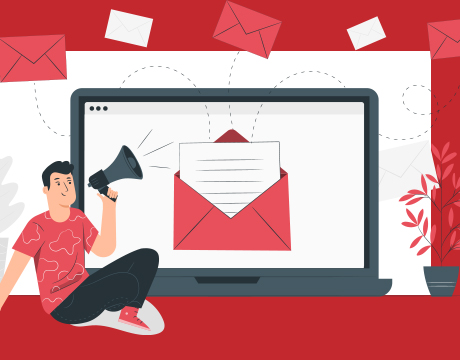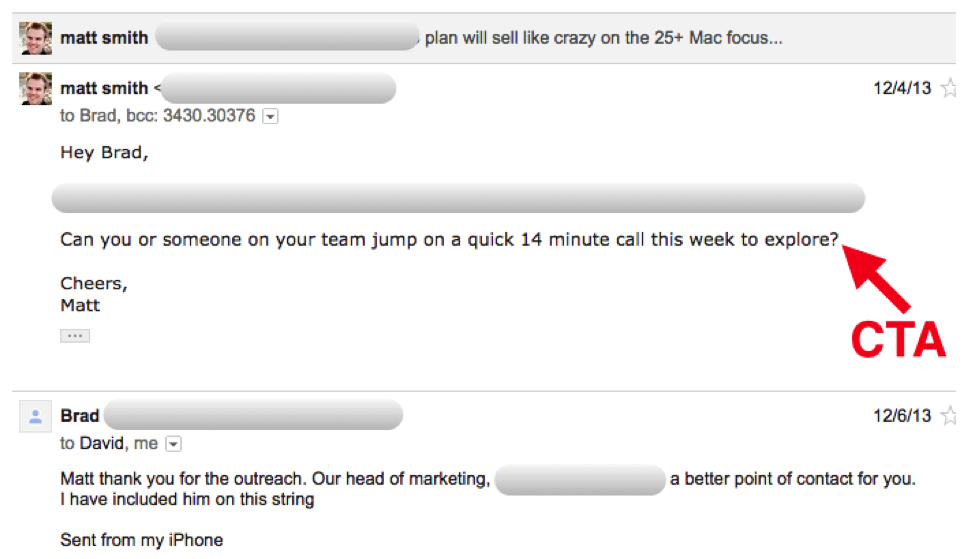
A Beginner’s Guide To Email Marketing for B2B
As with any form of digital marketing in Singapore, B2B email marketers must understand the best tactics for optimising their email campaigns. Create compelling messages that persuade subscribers without disengaging them and build a targeted subscriber list that is more likely to convert into leads and customers. The guide below provides detailed instructions on how any business can extend its reach in email newsletters while boosting engagement rates.
What is email marketing?
B2B email marketing strategy is efficient and cost-effective for B2B marketers to reach potential customers. By first identifying the target market, marketers can create a compelling offer that solves a specific problem the target audience is facing.
Craft a message that explains the benefits of their company’s solution, emphasising how it will address the client’s needs. Using autoresponders, this targeted message is sent out to thousands of people within seconds, giving businesses more time to focus on other aspects of their operations.
Why use email marketing?
B2B email marketing has many advantages. For one, they can be used to reach out to the targeted audience. The content can be personalised to match individual needs. For example, businesses often segment consumers into different lists and deliver customised, relevant content related to their industry, requirements and needs. Having a good content helps to drive traffic to the website and allows consumers to learn more about the company’s products or services.
Creating an email list organically
Organically grown email subscriber lists often start small and build over time, but each contact will likely be more involved with the company than if their contacts had been bought. Contacts on an organic list have chosen to engage with the company by signing up for newsletters or other opt-in options. This makes them far more likely to act on emails when they arrive in their inbox.
Creating a B2B email design
Research the business’s industry and subscribe to competitors’ email lists to get an idea of the campaigns they send out and the type of design and copywriting used. Take inspiration from other examples of successful B2B marketing campaigns.
Read up on the style and copy used by many leading publications in the industry and use similar tactics when drafting. Finally, use pre-built templates provided by popular B2B email marketing services – these are generally tailored for their wide range of industries and purposes, helping easily create professional-looking emails.
Pay attention to the email header
Craft effective emails with enticing subject lines to make that connection and stand out from the competition. Spending time crafting a good email subject line will pay off – if done correctly, it can entice the recipient to learn more about a business and its offerings.
In a saturated environment where people generally receive a daily average of 121 emails, leverage the header section as much as possible, ensuring that it sends a meaningful message in just a few seconds and has someone read it.
Spend time when creating email content
A good newsletter is always concise and consistent in its message, creating a good impression of a stable, trustworthy and genuine company. Relevant and Eye-catching images are essential in maintaining the viewers’ attention.
They should also include educational content regarding new products or services that may become available soon. This can help generate interest and bolster sales leads by giving readers something to look forward to experiencing or purchasing soon.
Having a call-to-action (CTA)
Generic CTAs like Buy Now and Click Here could seem too aggressive and pushy. Instead, pick contextual CTA. For example, if offering something free, try running a free report, or offer discounts to increase the success rate.
Ensure having only one call-to-action (CTA) to a landing page per email. Multiple CTAs will likely confuse users and prompt them to click out of the message without action. Keep emails focused and manageable with many CTAs – confusing readers will likely result in lower engagement and a higher bounce rate.
Select an email service provider
Before choosing an email service provider, perform a thorough analysis and evaluate different aspects such as pricing, customer support, data security, and feature set that each provider may offer.
Create a list with comparison points between services offered by different providers. The effort to research and select a suitable vendor
reduces doubt regarding its reliability when setting up newsletters or email shots that seek to reach out to potential B2B customers.
Follow Email Regulations
Lawfully, subscribers can only receive emails that they have requested. The regulations apply to all commercial emails or emails sent for business purposes. The email must include information about the sender, including the company’s name, mailing address, an actual email address, an unsubscribe link visible and a subject line indicative of the content.
This must be explicitly stated for storing personal information, and prior consent must be received. Businesses must only collect information that is relevant to the campaign. When requested, the data must be quickly deleted.
Conclusion
A successful B2B email marketing strategy remains one of the most effective channels for any industry looking to increase sales. In this article, we outlined the steps to setting up a successful email campaign, from verifying lists, segmenting users, choosing an email service provider, and optimising content.
Observe what works to optimise results; using analytics tools and measuring metrics such as open rates and click-through rates will help assess which content types generate higher interest rates within the target market. Moreover, getting customer feedback can help with further insights into improving email campaigns. By proactively utilising the proper approaches, marketers can maximise the potential of their B2B email marketing campaigns in Singapore.
Find out more about other B2B strategies to increase growth in Singapore.







